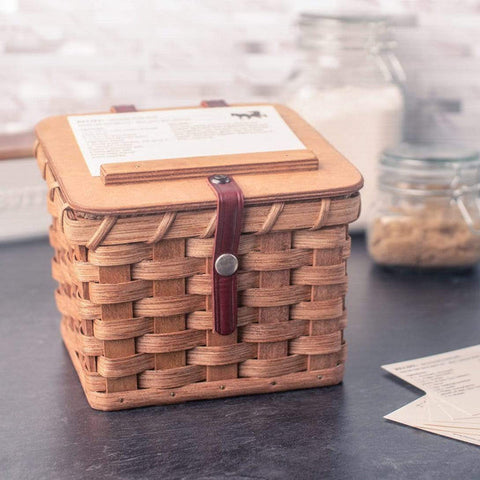If you’ve ever seen an Amish family on their buggy ride through the countryside, you may have been curious about their life. Thoughts start racing through your mind, like where did they come from, where are they going, and what makes them live such a secluded life?
What language does the Amish speak? These are common questions we’ve encountered, yet our answers may surprise you.
Many people are astonished to find out that, while the Amish people live a life without the trappings of modern society, Amish law doesn’t prohibit them from interacting with the outside world and their way of life is far from limited. Join us on a journey of discovery as you learn more about the language and traditions of our unique and remarkable group of people.
What this article covers:
Amish Language Origins

Amish traditions and customs have a rich history behind them. The origins of the Amish language are a testament to Swiss German and Alsatian roots.
These influences are woven through the fabric of our daily life and customs, much like our beautiful traditional handwoven baskets.
Which Languages Do the Amish Speak?
The languages most commonly spoken by the Amish are Pennsylvania Dutch and English.
Amish community members use Pennsylvania Dutch when conversing with each other in their community. English is only really used for communicating with outsiders. High German (as opposed to modern German) is also used, especially for reading from the Bible.
Pennsylvania Dutch is an old form of German used by the immigrants who settled in Pennsylvania in the 18th to 19th centuries. The language developed into what it is today throughout the second half of the 18th century.
Modern-day Amish communities comprise the descendants of some of those early pioneers who brought the Amish religious beliefs and language with them.
Preservation of Old Customs And Dialects
What most people don’t realize is that there are different types of Amish people. While Amish people mainly reside in Pennsylvania to this day, many also live in Ohio, Indiana, and even Canada.
Amish people have preserved the Pennsylvania Dutch dialect through the years, mostly due to devout seclusion from modern society and its influences. This is what has allowed our communities to survive and thrive.
The Amish community’s European Anabaptist predecessors arrived in North America with hopes of freedom. They were members of the Anabaptist Christain faith, with Swiss and Alsatian cultural influences, escaping religious persecution in their native Europe.
Engage with Amish Culture

Amish people live separately from modern conveniences. Few work outside their communities and thus rely on trades passed down from father to son as well as centuries-old crafts to earn an income. This allows them to support their families, but it also gives outsiders a glimpse into this simpler lifestyle.
A central tenet of the Amish way of life is to live separately from modern distractions to better devote one’s self to God and family. This means that sales of our high-quality products were previously limited to nearby areas that could be reached by buggy.
Now you too can engage with Amish history and culture, and preserve interest in this fascinating part of our nation’s history. Thanks to the collaboration of our Old Order Amish community and the online assistance of faithful outside citizens, everyone can admire Amish handiwork.
Handwoven Baskets – A Symbol Of Time-Honored Traditions
Lovingly crafted by the women of this community, their handwoven baskets and accessories make lovely gifts. The gorgeous handmade Amish dolls have the potential of becoming your daughter or granddaughter’s treasured family heirlooms.
There are so many attractive and authentic products available. Everything from a practical mail basket or a hanging mail organizer to maybe trying your hand at Amish cuisine with a stylish recipe card box is made possible by the same devotion and attention to detail that this community has for their faith.
Conclusion
The Amish people and their simple way of life are often met with curiosity and incomprehension.
While the Amish language may be foreign to you, there’s something that we all have in common – a respect for tradition and quality.
When you purchase an Amish basket, you get more than just a functional or charming item for the home. You get a piece of Amish culture and history and the knowledge that you have contributed to the livelihoods of our devout community.
Did You Find Our Blog Helpful? Then Consider Checking:

